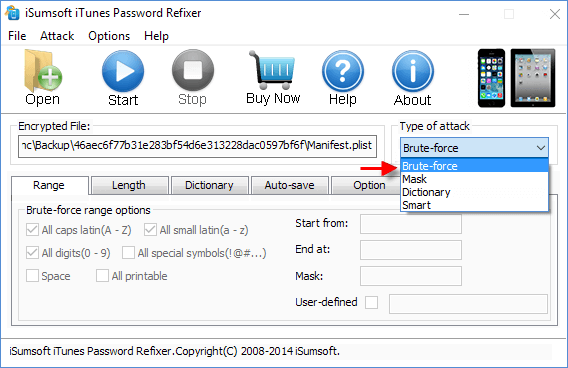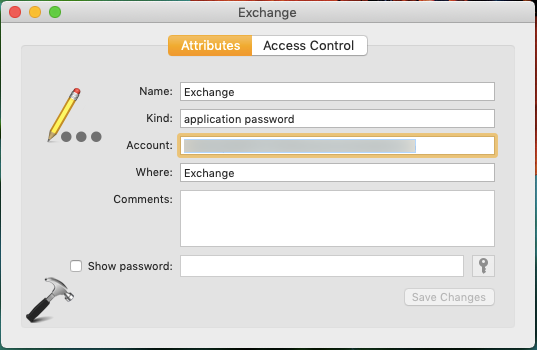

Use the dot11 aaa authentication attributes service-type login-only global configuration command to set the service-type attribute in reauthentication requests to login-only. Changing the service-type attribute to login-only ensures that Microsoft IAS servers recognize reauthentication requests from the access point. However, some Microsoft IAS servers do not support the authenticate-only service-type attribute. Note By default, the access point sends reauthentication requests to the authentication server with the service-type attribute set to authenticate-only.

Both of these authentication types rely on an authentication server on your network. For maximum security, client devices should also authenticate to your network using MAC-address or Extensible Authentication Protocol (EAP) authentication. If you want to serve different types of client devices with the same access point, configure multiple SSIDs.īefore a wireless client device can communicate on your network through the access point, it must authenticate to the access point by using open or shared-key authentication. Authentication types are tied to the Service Set Identifiers (SSIDs) that are configured for the access point. This section describes the authentication types that are configured on the access point.


Matching Access Point and Client Device Authentication Types MAC Address Authentication to the NetworkĬombining MAC-Based, EAP, and Open AuthenticationĪssigning Authentication Types to an SSIDĬonfiguring Authentication Holdoffs, Timeouts, and IntervalsĪpplying the Credentials to an Interface or SSIDĪpplying the Credentials Profile to the Wired PortĪpplying the Credentials Profile to an SSID Used for the UplinkĬreating and Applying EAP Method Profiles for the 802.1X SupplicantĪpplying an EAP Profile to the Fast Ethernet InterfaceĪpplying an EAP Profile to an Uplink SSID Shared Key Authentication to the Access Point Authentication Types for Wireless Devices Table Of ContentsĪuthentication Types for Wireless Devices


 0 kommentar(er)
0 kommentar(er)
